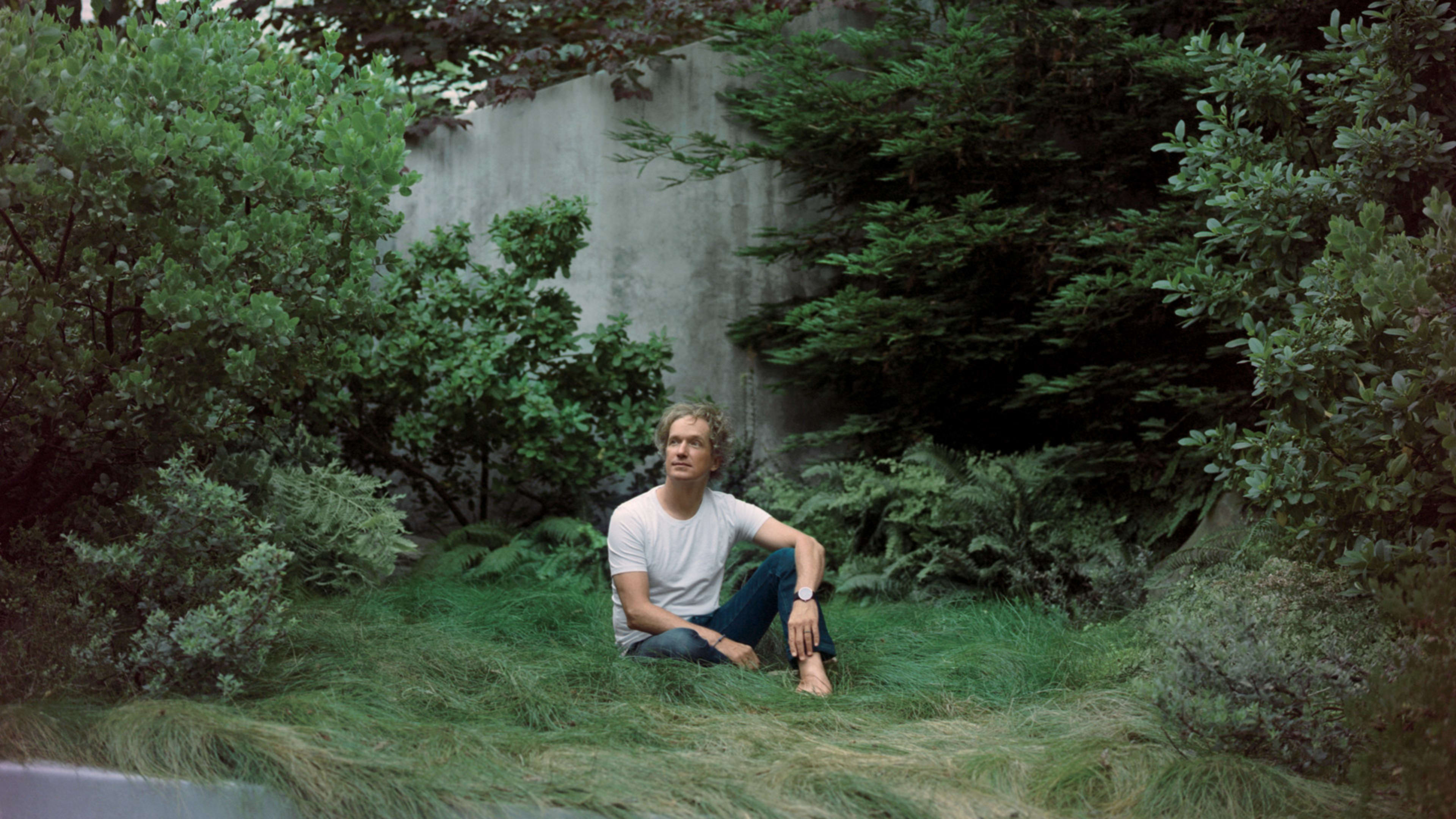This article is a preview from Fast Company’s October issue, on newsstands September 18.
Yves Béhar is marveling at his electronic trapdoor. We’re in the fourth-floor master bedroom of his modern San Francisco home, a stack of loftlike boxes with floor-to-ceiling glass windows, which he spent five years meticulously crafting. It’s a hazy Sunday evening in late June, and Béhar, who is wearing jeans and a “Stinson Beach” T-shirt, has just returned with his family from their weekend surfing retreat in Marin County. Two of his four children (named Sky, Sylver, Soleyl, and Saylor) somersault on the Ubald Klug sofa set in the living room, as his wife, the art consultant Sabrina Buell, wraps up dinner.
As Miles Davis’s Ascenseur pour l’échafaud purrs on vinyl, Béhar expounds on his unique approach to design after giving me the house tour. He calls the place “a living experiment,” one that treats technology like fabric and values “the things you love” over gaudy gadgetry. Yet the house, while a stunning exercise in minimalism, is also full of gizmos, a reflection of his two decades of work at his design firm, Fuseproject. “I can control the whole house with an app,” he beams. The front doors are wired with August Home, the smart-lock company he cofounded. In the kitchen, a television is attached to a motor, so at the click of a button from Béhar’s iPhone X, it lowers and disappears into a stylish dividing wall that separates the kitchen from the stairs to the basement, like a casket sinking into a grave. (He’ll soon replace it with a Samsung Frame, the new monitor he fashioned for the electronics giant to resemble a gallery portrait.) Upstairs, he’s lined part of the ceiling with what he describes as a deconstructed disco ball, a strip of LED lights he is working to connect to sound sensors so that the colored lights will automatically adjust to the music. “Technology [can be used] in creating and hiding surprise . . . it’s about learning technique and intent and limitations,” Béhar explains. “That’s the product designer in me.”
Then there’s the electronic trapdoor. Grinning, he picks up a remote control, taps it with his thumb, and a thick slab of wood—standing upright next to the end of the stairs—begins to fold down to hide the opening in the floor. The slab descends painfully slowly . . . then the wood starts to snap as the trapdoor bends.
Recognize your brand’s excellence by applying to this year’s Brands That Matter Awards before the early-rate deadline, May 3.
